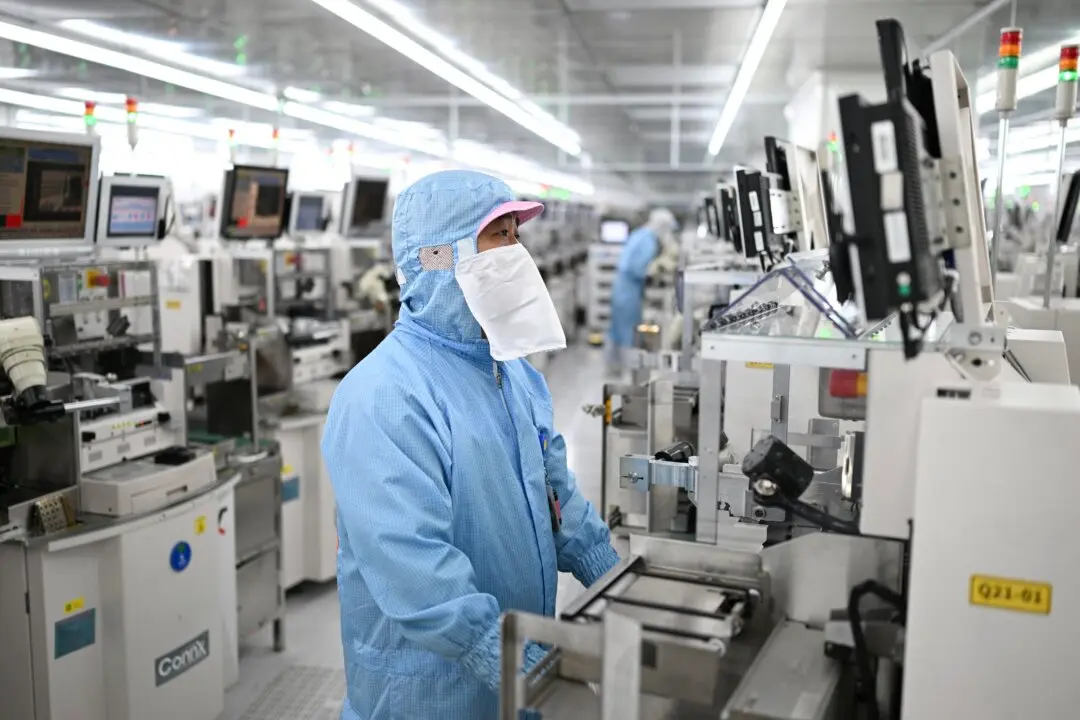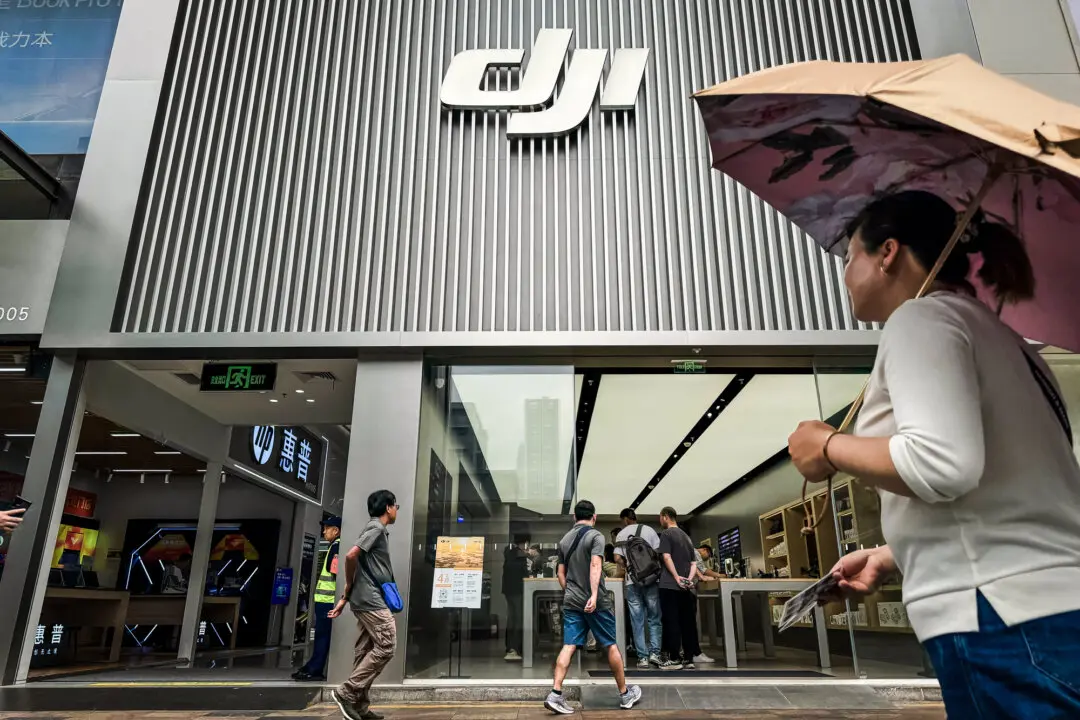NEW YORK—Many of New York City’s bridges and tunnels are functionally obsolete, deteriorated, and overburdened. Transportation to airports is also inefficient. For a city always on the go with millions of people relying on such infrastructure, a major upgrade is sorely needed.
Earlier this week the Port Authority of New York and New Jersey drafted a ten-year plan to fund many infrastructure projects that have long been in the pipeline.
As the Port Authority seeks to further its mission of maintaining transportation infrastructure, modernizing that infrastructure is crucial for the city to remain globally competitive.
Bridging Global Access
Container ships are being built taller and wider, driving global competition, and bigger ports are being built to accommodate them.
While not originally timed to the widening of the Panama Canal, raising the Bayonne Bridge was mainly for allowing passage of larger container ships—ships that can now span over 1,300 feet long, nearly 200 feet wide, and that carry 9,000 containers.
The raising of the Bayonne Bridge that connects New Jersey to Staten Island is one of the earliest projects listed in the ten-year capital plan presented Tuesday.
The bridge’s roadway is one of the lowest in the country at 151 feet. The bridge will be raised 64 feet—all the while allowing traffic to continue running over the bridge.
Construction is already in the later stages. The Port Authority projects the structure to be sound enough to last the next 100 years. The Board had already authorized $1.3 billion for the project, which Port Authority expects to finish in mid-2017.
The Goethals Bridge and George Washington Bridge are undergoing renovation as well.
The Goethals Bridge—named after the builder of the Panama Canal and the first consulting engineer of the Port Authority—connects New Jersey to Staten Island. It was one of the first structures built by the Port Authority, in 1928, and it is practically a safety hazard by current standards.
There are two 10-foot-wide lanes, one in each direction, with no pedestrian walkway or emergency shoulder. Trucks are typically limited to a width of 8.5 feet, which can still make for a narrow passing.
The new bridge, with six 12-foot-wide lanes, inner and outer shoulders, and a pedestrian/bike path, is scheduled to be opened by 2016.
The total cost of the project is $1.5 billion, with the Port Authority responsible for $540 million of the public-private partnership with NYNJ Link Partnership. The project began in 2002. It is now in the early stage of construction, to be completed by 2019.
The George Washington Bridge is the world’s busiest bridge and in need of repairs as well. Over 100 million vehicles cross it every year, and it’s one of the Port Authority’s most important structures—generating $600 million annually.
The 592 suspender ropes have been in place since the bridge’s inception, and need replacing and protection from deterioration—a project that will go on until 2024.
Lincoln Tunnel
Projects scheduled later in the plan will improve the Lincoln Tunnel, as well as the Lincoln Tunnel Helix that leads into it, with more than 120,000 vehicles and 1,800 buses moving through it every day.
Year after year, congestion grows. More travelers cross through the Lincoln Tunnel in the evening rush hour than in the morning, yet there is express bus service only in the morning, said Veronica Vanterpool, executive director of Tri-State Transportation Campaign. She says bus riders hope a new bus lane will be designated after the construction.
As evidenced in the recent Super Bowl hosted in New Jersey, Vanterpool pointed out how efficiently express buses worked in shuttling fans home, as there were far too many travelers for the rail service to accommodate.
And with an evening bus lane, people sitting in cars in congested traffic watching buses pass by “would be enticed to use the bus services” as well, Vanterpool said.
Spending on the tunnel’s construction begins this year, due to be completed by late 2021. The Helix replacement won’t start until around 2019, and is due to be completed by late 2023.
Airports
John F. Kennedy International (JFK), LaGuardia, and Newark Liberty International airports have some of the worst ranked terminals in the world.
The Port Authority is also extending the PATH line from the Newark station to Newark airport with the purpose of connecting Lower Manhattan to an international airport—a priority set from the planning stages of the World Trade Center.
The Port Authority aims to finish redevelopment of the WTC site in the next five years, with an expected $4.9 billion. Last year, the Port Authority sold off a portion of its real estate in the area, relieving them of “unnecessary real estate” in the way of their core mission, Commissioner David Steiner said Tuesday.
Budget
A total of $27.6 billion is being allocated to fund major infrastructure projects 2014–2023. As the plan is reviewed every year, each project will be evaluated based on the revenue they generate, among other factors.
Roughly $8 billion will be spent on bridges and tunnels, with another $8 billion slated for aviation projects.
The capital plan is a living document, the vice chairman of the board of commissioners of the Port Authority, Scott Rechler, said. Finances will be reviewed quarterly, and the plan will be updated annually, commissioners stressed Tuesday.
The Port Authority is taking public comments and submitting the proposal to the Board for approval on Feb. 19.





